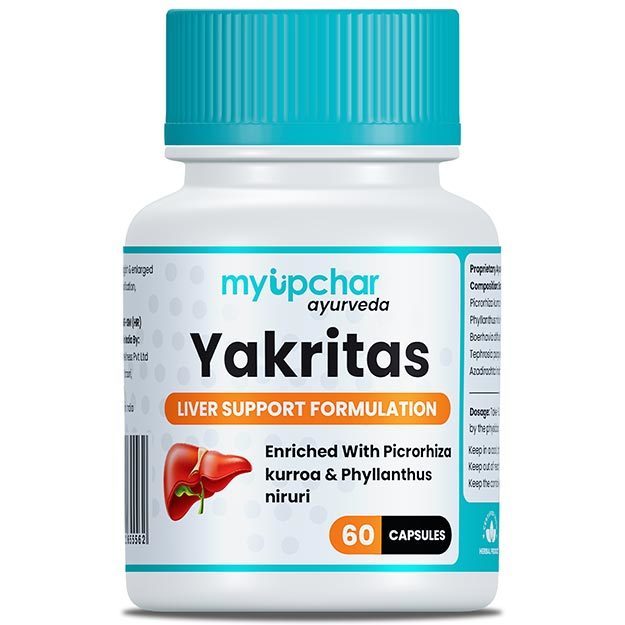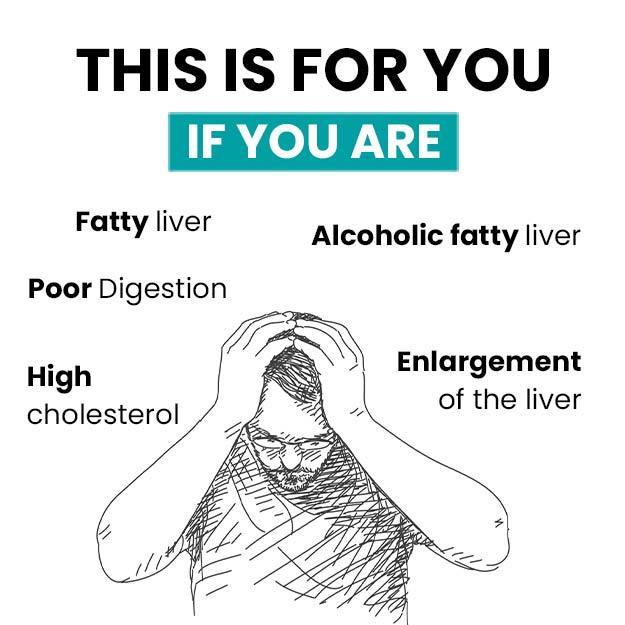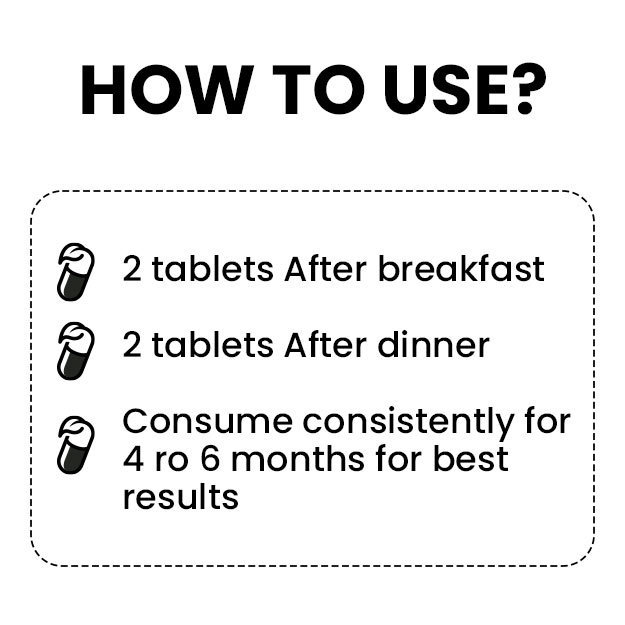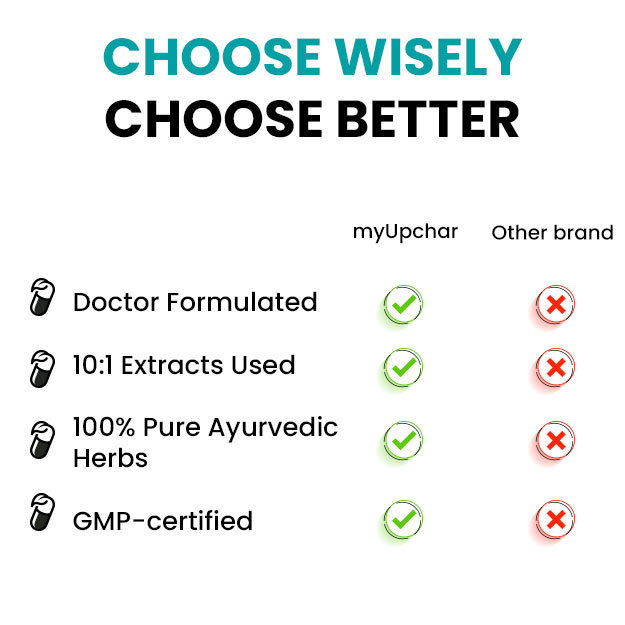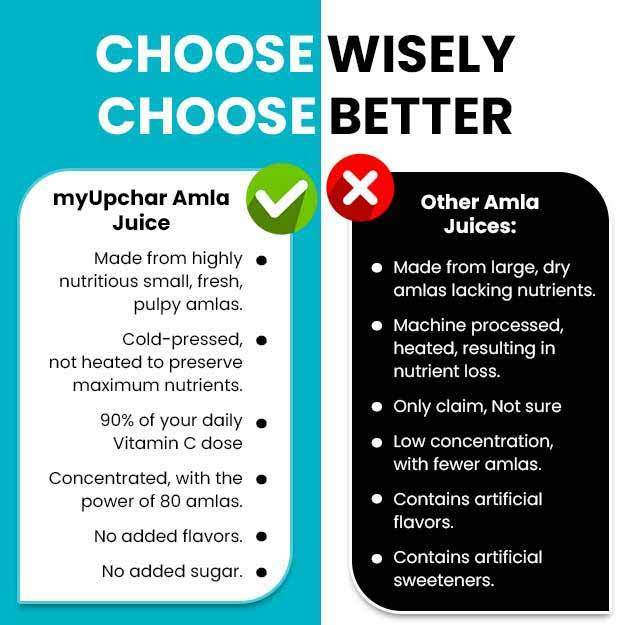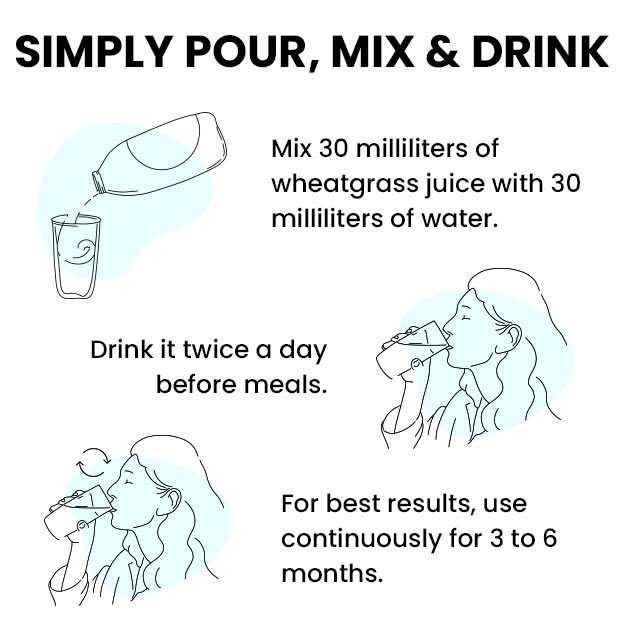What is ultrasound elastography?
Ultrasound elastography is also known as FibroScan, which is the brand name of the ultrasound device. It is performed to check the elasticity or stiffness of the liver.
In this test, low-frequency vibrations are passed into the liver and an ultrasound machine measures the rate at which the vibrations are passed through the liver. These measurements give an idea about the elasticity of the liver, which can be visualized on a computer screen.
This test is performed in case of liver fibrosis. Fibrosis may be caused by fatty liver disease (a condition in which the fat replaces normal liver tissues). It leads to the accumulation of scar tissues due to less blood flow to the liver. If left untreated, it can lead to liver failure. Hence, early diagnosis and treatment are necessary to reverse the condition.





